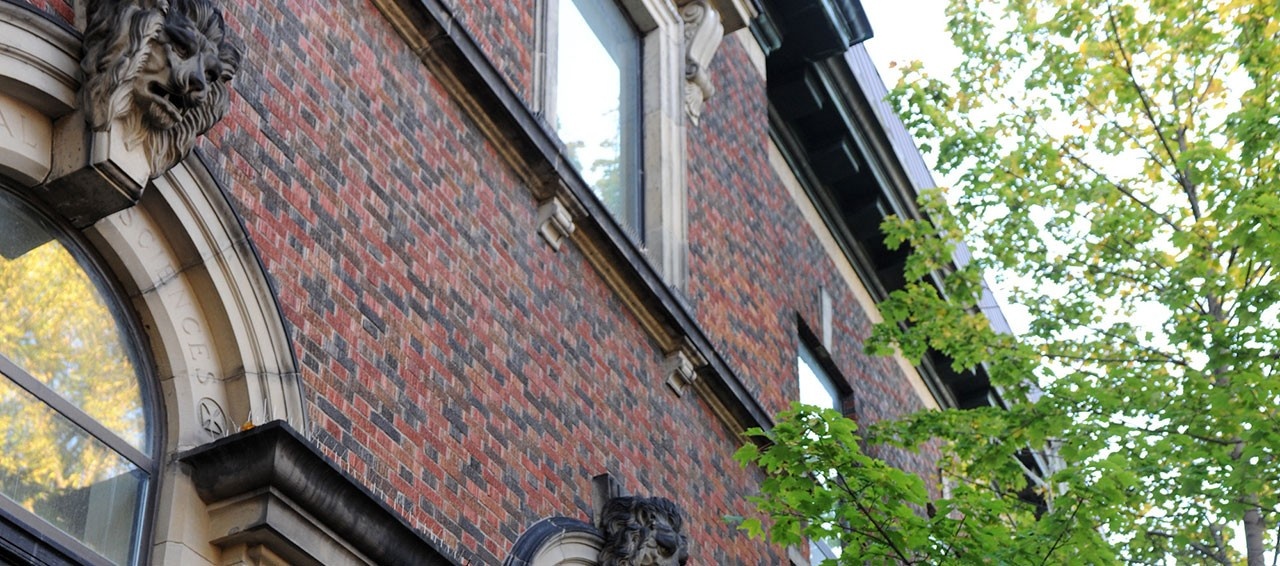History
The evolution of the College of Pharmacy
1908: Formal pharmacy education began with evening classes at the Nova Scotia Technical College.
1911: The Nova Scotia College of Pharmacy was born, with a September enrolment of six students. It originally offered a one-year program that led to a Diploma in Pharmacy.
1912: The Nova Scotia College of Pharmacy became affiliated with Dalhousie University. Classes were held in the Forrest Building. A four-year Bachelor of Science in Pharmacy was introduced and the diploma program was phased out.聽
1917: The New Brunswick Pharmaceutical Society joined in the operation of the college and the name was changed to the Maritime College of Pharmacy.聽
1920s: Classes moved to the Medical Sciences Building on College Street.
1950: The Prince Edward Island Pharmaceutical Association joined in the operation of the college.
1960: Classes moved to the Education Building at the corner of Coburg Road and Oxford Street (no longer standing).聽
1961: The Maritime College of Pharmacy was incorporated into Dalhousie University as the College of Pharmacy and part of the newly created Faculty of Health Professions.
1968: The College of Pharmacy relocated to its present location in the Medical Sciences Building on College Street. The building was renamed in honour of George A. Burbidge, the first dean of Pharmacy, for his contribution to pharmacy education in the Maritimes.聽This facility now accommodates approximately 360 students.
1972: The first of several twelve-month hospital residency programs was initiated.
Modern day
Undergraduate: The current undergraduate curriculum uses an integrated problem-based learning (PBL) format. The emphasis has shifted from the sciences to drug information, patient care and clinical pharmacy.聽
Graduate: In the fall of 2010, the Master of Pharmaceutical Sciences program began accepting students.聽This marked the reintroduction of the graduate program, which saw 43 students awarded Masters degrees and eight students awarded doctoral degrees between 1970 and 1997.聽
Residency: Residency programs are now offered in cooperation with:
- The Queen Elizabeth II Health Sciences Centre (Capital District Health Authority) in Halifax, Nova Scotia
- The Moncton Hospital (South East Regional Health Authority) in Moncton, New Brunswick
- The Saint John Regional Hospital (Atlantic Health Sciences Corporation) in St. John, New Brunswick
Student Society: The , which was formed between 1945 and 1946, is a dynamic student group committed to promoting a closer connection with the other societies on campus. This not only gives pharmacy students a strong position with Student Council, it provides a line of communication between students and their respective provincial regulatory authorities in the Maritimes. The society also provides an organizational body that is able to plan and finance various activities.
